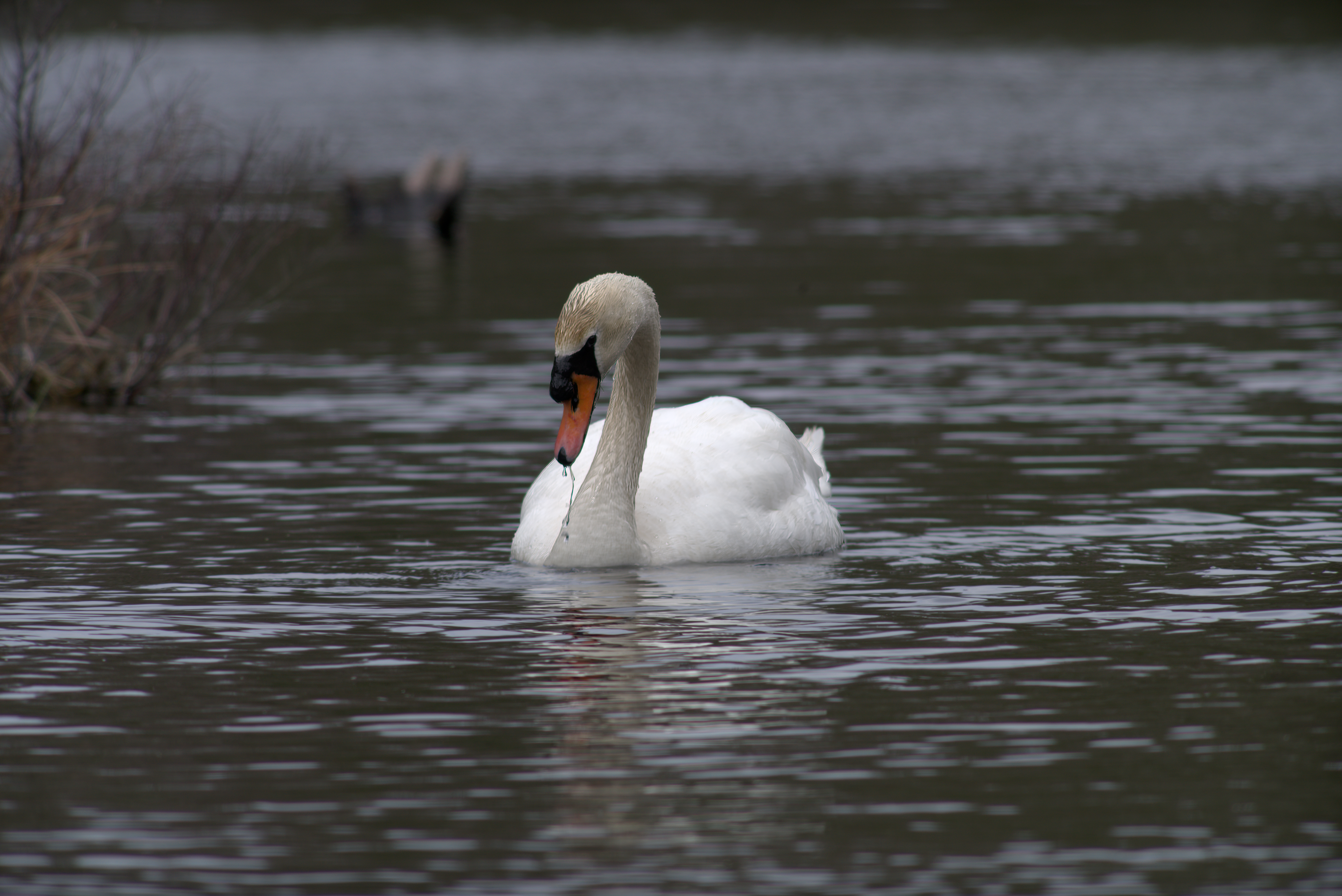jsrockit
Moderator
I'm not sure if it there yet quality wise, since I've never used it. However in the future, this will exist more and more and probably work really well (if it isn't already). It is an interesting thought which cameras will be resurrected and used again in the digital realm. It could help some digital cameras become classics.




